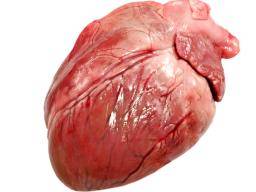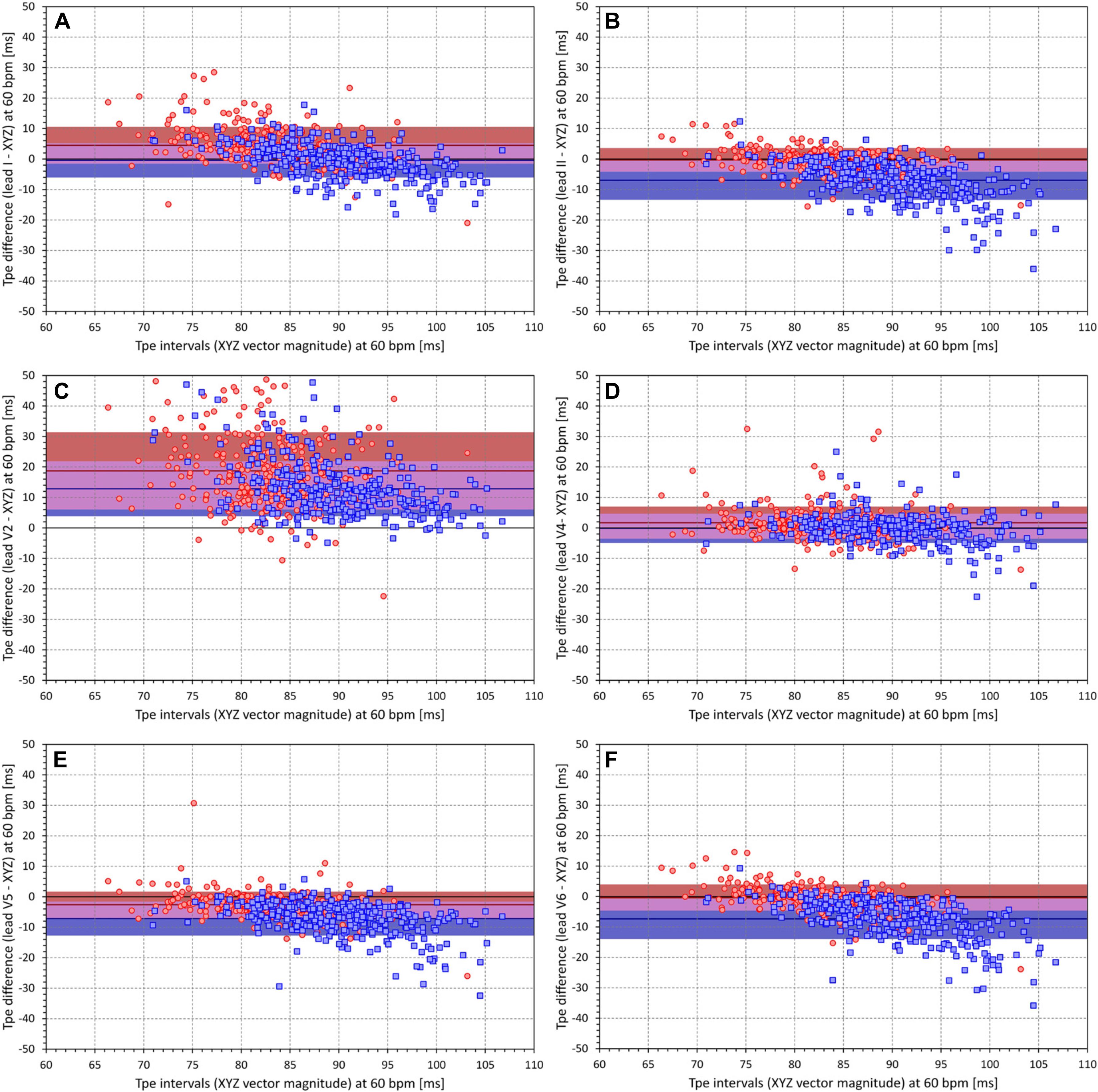
The SA node is your body’s “natural pacemaker,” setting your heart’s rhythm.

Your heart contracts (beats) when it receives an electrical impulse from your sinoatrial (SA) node. Your heart sends blood through your aortic valve to your aorta, where it flows to the rest of your body.īlood flows through your heart from the right side to the left side and then back to the rest of your body.
#WHERE THE HEART LEADS ENDING FULL#
When your left ventricle is full it squeezes, which closes your mitral valve and opens your aortic valve.Your mitral valve opens to send blood from your left atrium to your left ventricle.Oxygen-rich blood travels from your lungs to your left atrium through large veins called pulmonary veins.Blood flows through your pulmonary artery to your lungs, where it gets oxygen.When your right ventricle is full it squeezes, which closes your tricuspid valve and opens your pulmonary valve.Your tricuspid valve opens to let blood travel from your right atrium to your right ventricle.Oxygen-poor blood from all over your body enters your right atrium through two large veins, your inferior vena cava and superior vena cava.These steps take place in the space of one heartbeat - just a second or two.
#WHERE THE HEART LEADS ENDING SERIES#
Blood flows through your heart through a series of steps. The right and left sides of your heart work together to ensure blood flows throughout your whole body. What is the order of blood flow through the heart, step by step?

Every second, it pumps nutrient- and oxygen-rich blood to your body. Your heart is a powerful muscle, about the size of your fist.

What is the role of blood flow through the heart?


 0 kommentar(er)
0 kommentar(er)
